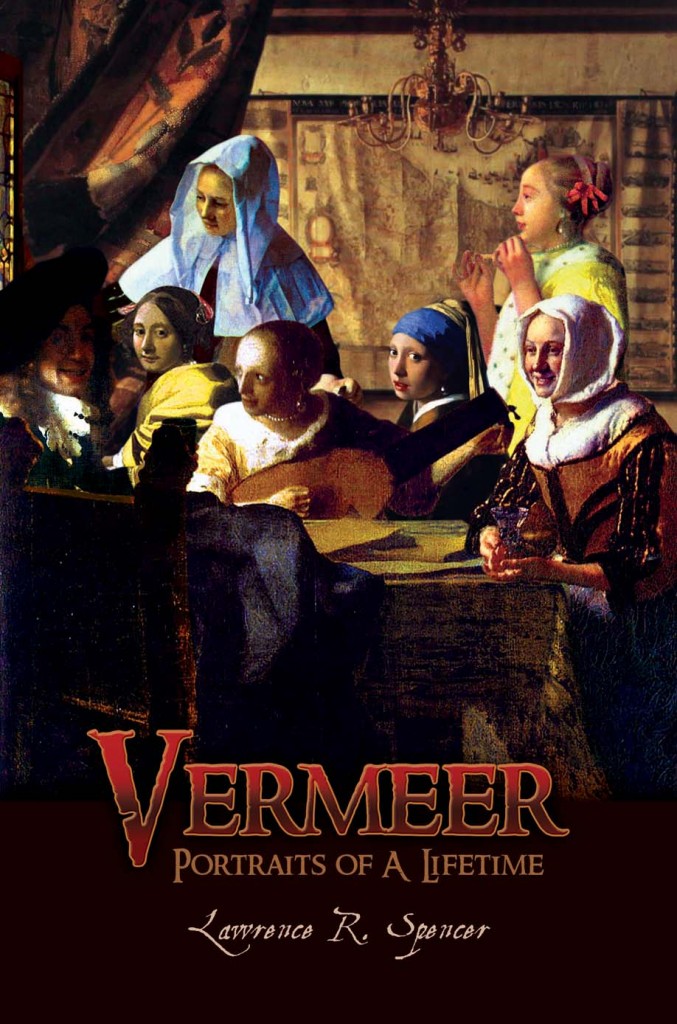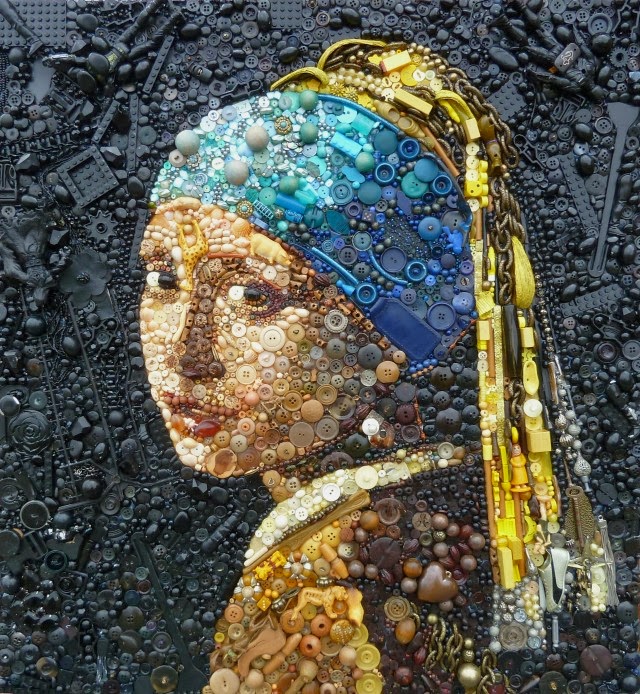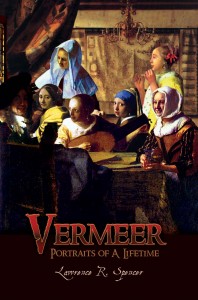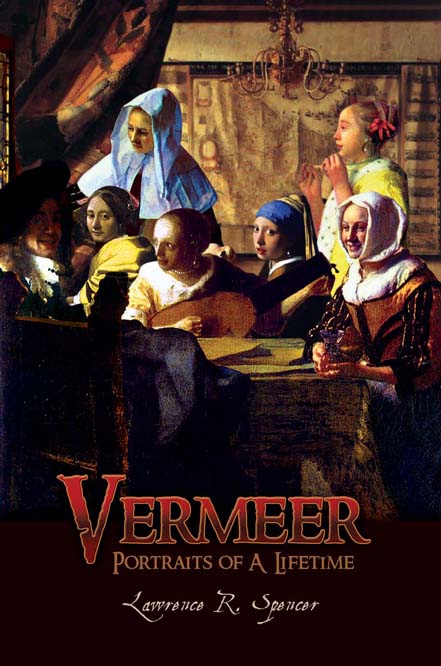Republished by Blog Post Promoter
Paintings of Johannes Vermeer exhort a mystic awe in the human soul. Aesthetics, women and mystery are each a glue that have baited many of the most powerful traps in history. Vermeer combines all three. Almost nothing factual is known about the painter personally, or the bevy of enchanting women he painted.
Compounding the mystery is the puzzle of identifying the people he painted so repetitively. Apparently, they were nearly all his wife or daughters! Moreover, they were portrayed at various ages in their lives, over a span of twenty-two years during which he and his wife produced an family of 15 children, 11 of whom survived! As a consequence of their common genetic similarities in their physical appearance, they also shared clothing, hair styles, and jewelry. Add to this monochromatic puzzle are identical rooms, windows, lighting, furniture, fixtures and the themes surrounding them. The resulting maelstrom of similarities make differentiating one person from another a near impossibility.
Most of his work, apart from the paintings produced during his six year apprenticeship at the Guild of St. Luke, were portraits of his wife, family and a few close friends. Vermeer never painted his family members, or his self-portrait, with the intention of selling them, any more than you and I would think of selling photographs or home videos of the members of our own family.
He painted people in his surroundings that were close at hand, familiar, and endeared to him. Mostly he painted for the love of aesthetics, and to innovate the technology of painting — to discover new techniques to more exactly render the myriad subtleties of light, and to endow love, and life on canvas, with colors and brushes. Like many artists before and after Vermeer, these challenges intrigued and consumed his interest, intellect and spiritual passion.
Apparently, during his own life, it never occurred to him that anyone would be interested in paying money for many of his paintings. Most of his paintings were still in the possession of his wife when he died prematurely at the age of forty-three! Astoundingly, they were never sold, even though he and his family were literally starving from the want of money to buy food!
According to the research of Vermeer scholar, Anthony Bailey, the value of Dutch money was as follows: “…a Dutch cloth-worker in 1642 got eighteen stuivers a day; there were twenty stuivers to one guilder, and a 6-pound loaf of rye bread coast about four and a half stuivers…”.
Imagine his shock and dismay to discover, 300 years later, that his paintings are worth many millions of dollars! Yet, during his own lifetime, he never earned enough from them to feed his family, and indeed, died from an overwhelming bought of depression because of it.
These facts confound comprehensive and compound the mystery of Vermeer.
In this book, I propose to travel this impossible labyrinth, to discover the long-hidden key to ancient riddles: Who were the people painted by Vermeer? Who was Vermeer, the artist and the man?
As though this were not daunting enough, I propose to do this, in part, by leaping the abyss of 300 years from the present year of 2008, returning through my own experience as an artist, a father, a husband and a man, through my own, personal life experiences, to re-experience the life of Vermeer, as though it were my own!
I do not claim that I am or was Vermeer. Such an assertion would be entirely subjective, impossible to prove, and irrelevant. As do myriad other people fascinated by his art and his life, I have a good deal of personal empathy and common life experiences that I share with this obscure man, as a father, as a parent, as an artist and as a spiritual being. I intend to employ this empathy as a tool of investigation and discovery: just as one might use a divining rod to seek out water in the desert.
As a lost dog uses native intuition to find it’s way home, I am searching for a lost self. As a tourist in Italy feels a sense of deja vu when visiting the Coliseum in Rome: one can almost smell the roar of blood spattering on the sand, and reel at the lust for pain and death oozing from the crowd! And thrill as a blade slashes and vomits entrails to the ground. The spirit writhing to be free of a mangled corpse crumpled in the dust.
I yearn to recover a lost identity. Vermeer.
Does the intervening distance of time make a difference in this investigation? Let me propose that time is only an arbitrary measurement of the movement of objects through space that has no effect or relevance here.
Has time changed the emotions of love, lust or hatred in ten thousand years?
When struck in the heart by a spear, does a great-great grandson not bleed just as profusely now as when his ancestor was struck down on a ancient battlefield?
Were the tears shed and anguish suffered over the dead child of our mother’s, mother’s, mother any less real than our own in the eternal now?
If I experience what another man has experienced, am I not, to that degree, that man myself? If I am willing to invade, permeate and be that experience, and to assume responsibility for it, is it not my own?
My experiment is to be Vermeer. That is, to return to his life and time to experience his existence from the perspective of subjective emotional, artistic, and spiritual experience in present time. To this degree, I am Vermeer.
To the degree that you re-experience his life with me, you are Vermeer. In truth, Any Man who is willing to be Vermeer, is, to that degree, Every Man.
— Excerpted from the book, “Vermeer: Portraits of A Lifetime”, by Lawrence R. Spencer








